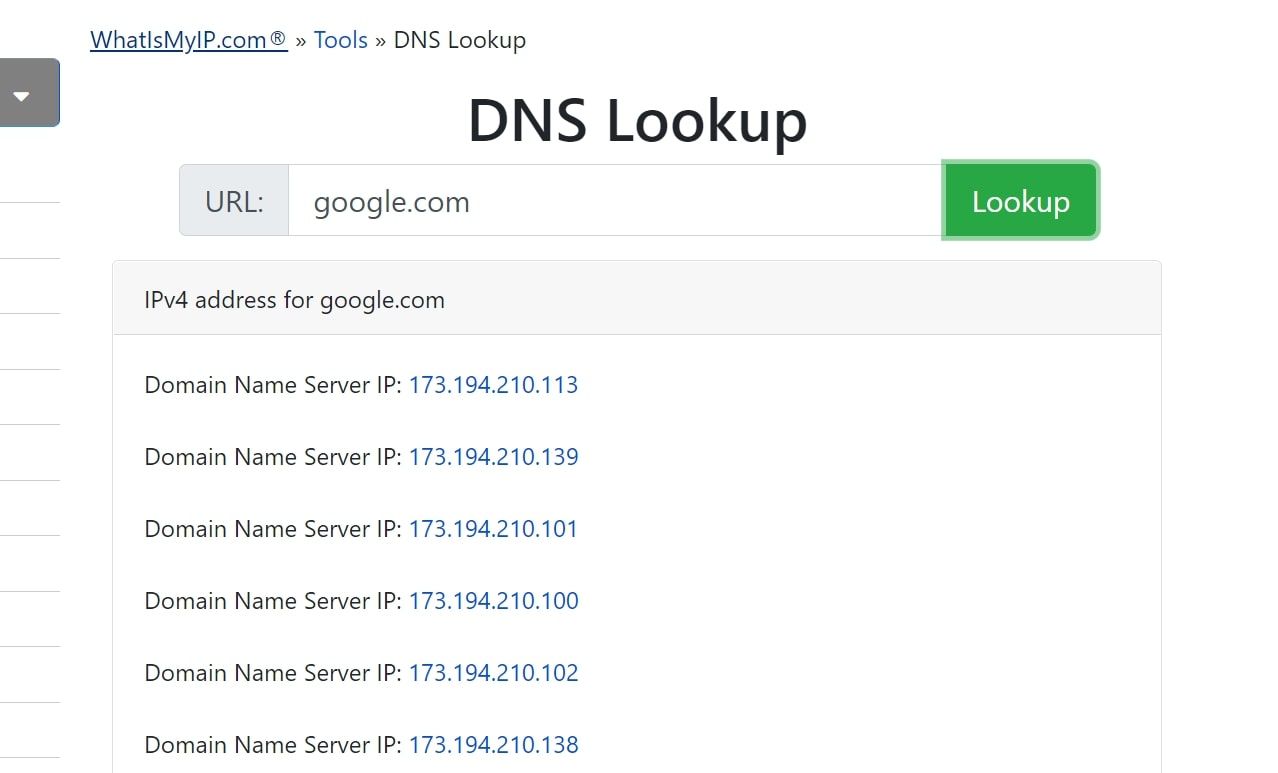Domain name systems (DNS’) are among the backbone technologies of the internet. It allows us to find websites and navigate to them.
DNS comes in two versions: dynamic and static. And although they are both different, they perform the same basic function. Today, we’re going to focus primarily on what a dynamic DNS (DDNS) is—and how it works.
What Is a Dynamic DNS?
To understand a DDNS, we have to first understand what a static DNS is in a little more detail.
A static DNS is a way to keep records of devices and information on the internet. The DNS acts like a phonebook because it stores domain names of resources, such as websites, against their IP address.
In a DNS record, every domain name has a corresponding IP address. For instance, if you enter the domain name of any website in a DNS lookup tool such as this, you will get the IP address that corresponds to that particular domain name.

Now, here is the problem: If the IP address corresponding to a certain domain name changes and the change is not reflected in the DNS records, nobody on the internet will be able to connect to the affected website.
Only after the IP address is corrected in the DNS records will users be able to navigate to the website.
Dynamic DNS or DDNS aims to prevent this by keeping the domain name records updated with the dynamically changing IP address. DDNS is especially important for users who host resources on their home internet connection.
Internet service providers (ISPs) have a fixed pool of IP addresses to assign. So, they can’t assign static IP addresses to individual users, since they would run out of addresses.
To solve this problem, ISPs assign IP addresses dynamically. The addresses change if and when required. As you can probably tell, this dynamic changing of IP addresses will give rise to the problem discussed above.
How Does a DDNS Work?

You’ll recall from earlier in this article that a DNS is a decentralized registry of domain names mapped to IP addresses. These IP addresses are fixed. They are not supposed to change.
If they are changed, any domain names that correspond to these IP addresses will not work until the IP addresses are corrected in the registry.
IP correction in the registry can be done manually or automatically. In the case of a static DNS, updating the registry requires manual work.
The DDNS, on the other hand, updates the registry automatically whenever an IP address is changed. DDNS services are often built into the routers. They also run on host computers.
DDNS works by using custom host names mapped to individual devices/resources inside a network. For instance, let’s say you want to access a security camera placed on your front door from anywhere in the world. To do that, you’ll need an IP address that’ll let you navigate to the camera over the internet.
However, if your ISP changes the IP address, the old IP that you were using to access the camera won’t work.
Using a DDNS service to map a fixed, custom hostname to a resource makes sure that you’ll always have access to the resource, even if the underlying IP address changes.
You Can Use Your DNS to Block and Unblock Websites
Because DNS is a record of domains names against their IP addresses, ISPs use this record as a way to filter out websites. In other words, many ISPs use it to geo-block websites.
Now, if you can use a remote DNS server to mask your DNS address, you can effectively bypass geo-restrictions without using a VPN.
Read Next
About The Author






